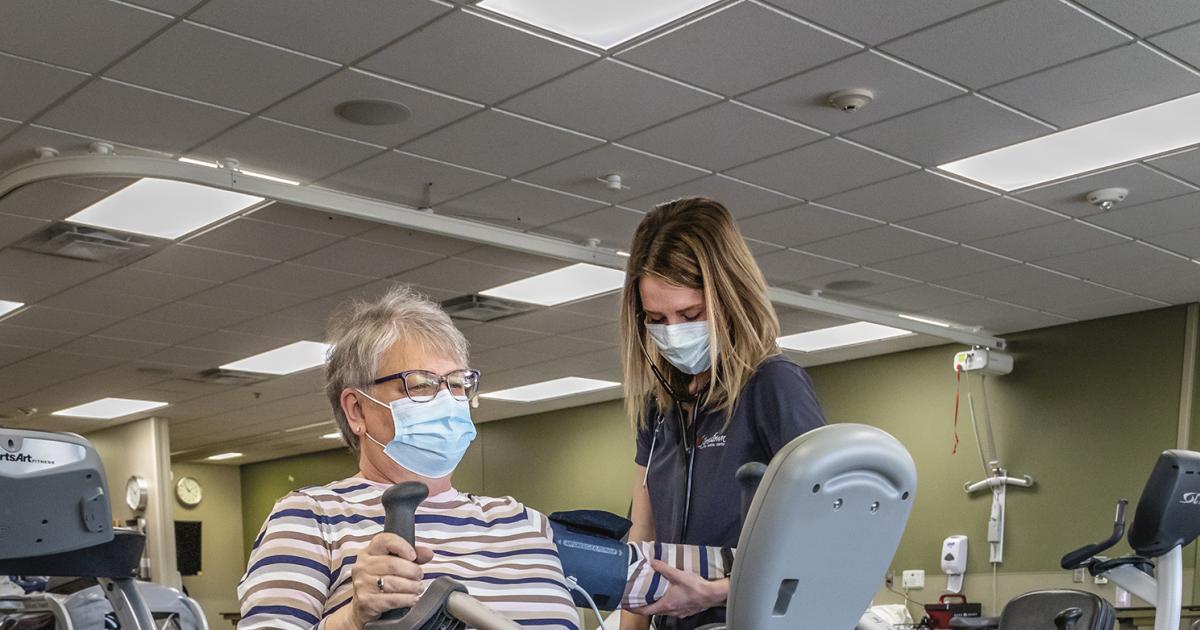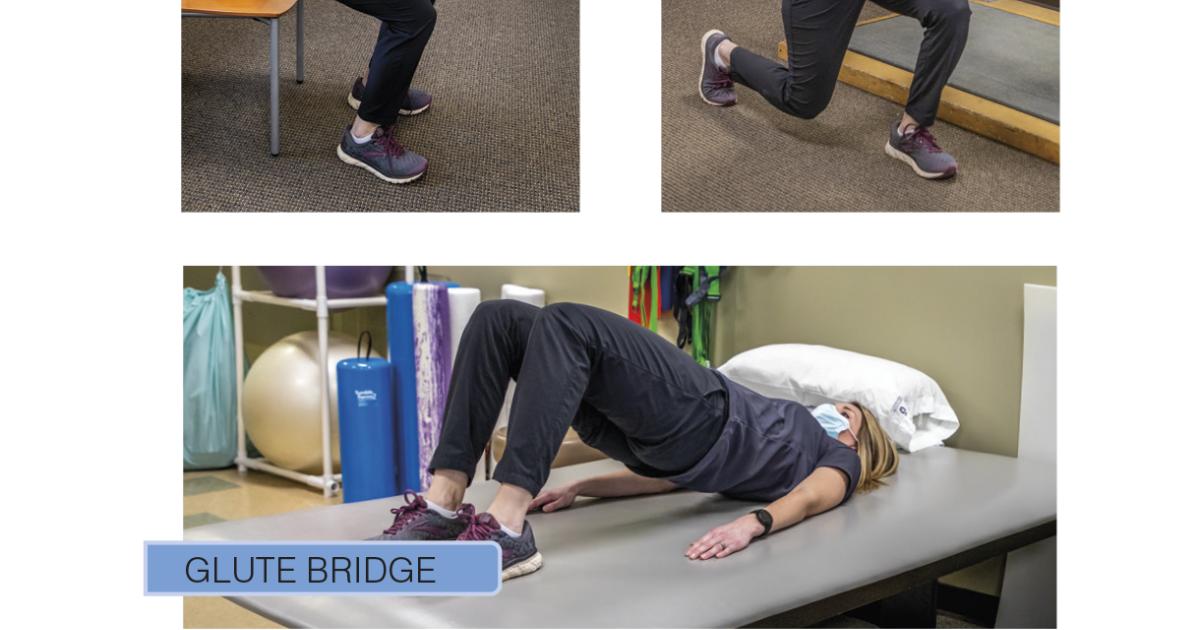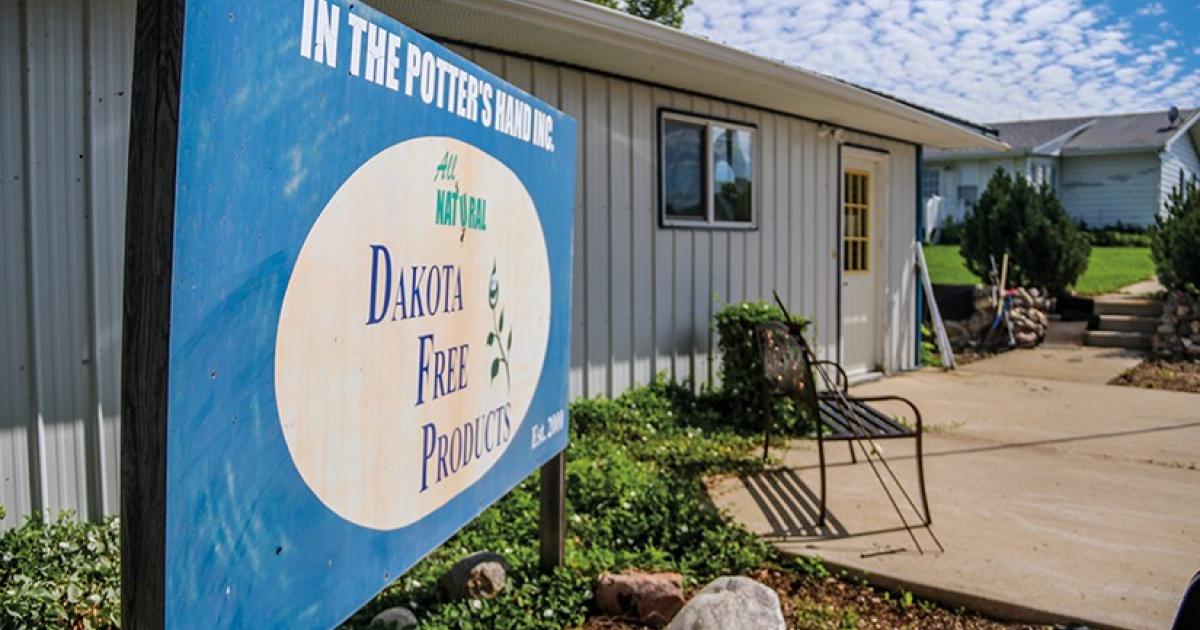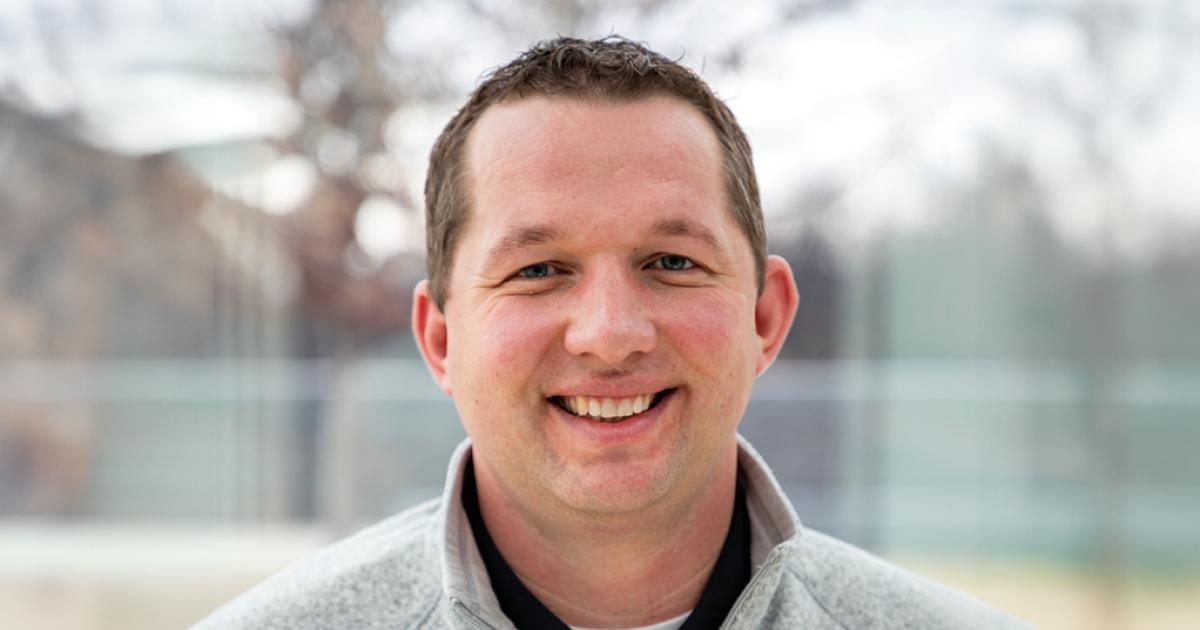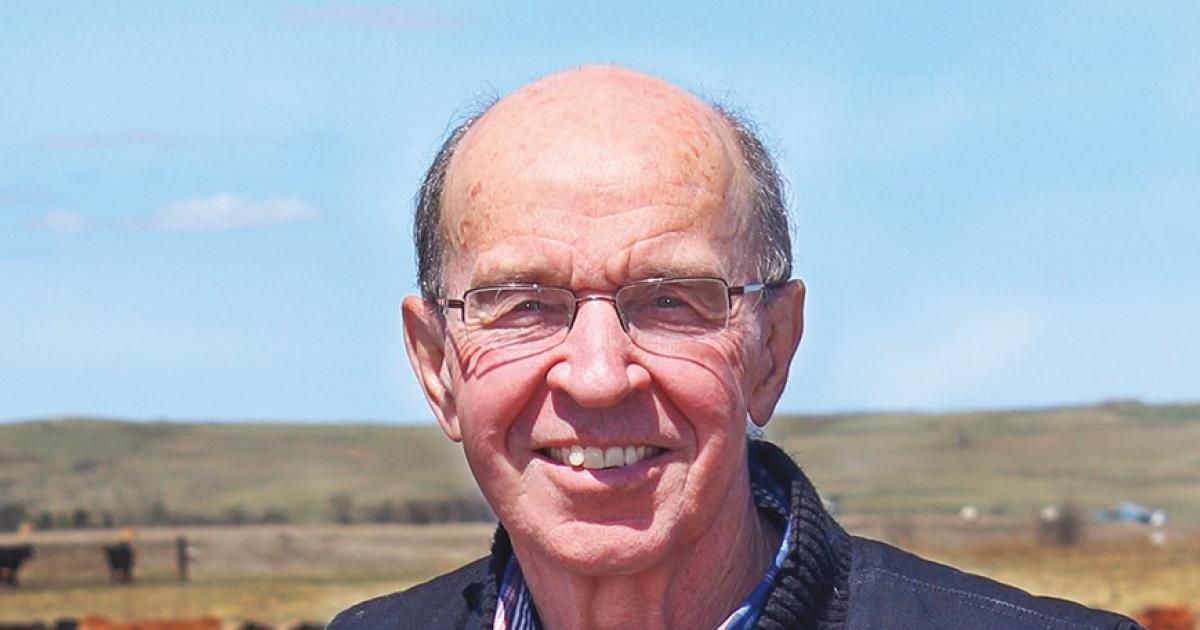Regular exercise promotes healthy lives – at all ages. Starting a workout routine for the first time, or getting back to the gym after a break, can be daunting. But it doesn’t have to be hard, says Madeline “Madey” Ranum, a cardiopulmonary rehab coordinator for Jamestown Regional Medical Center (JRMC).
“To get a cardiovascular benefit, you only need 30 minutes of moderate activity (5 days a week), which helps keep your heart and lungs in shape,” she says. “Exercise helps your body be more effective at using oxygen, increasing your heart’s ability to pump blood to your muscles.”
Physical activity can also help with weight loss, boost mental health and improves your immune system to a certain extent, Ranum says. With health and wellness being top of mind this past year amid the COVID-19 pandemic, perhaps there is no better time to commit to an exercise plan.
Exercise physiologist Madeline Ranum checks Lori Solberg’s blood pressure during a workout at Jamestown Regional Medical Center. Photo by NDAREC/Liza Kessel
“I know when I didn’t exercise this past year, I felt it more than ever,” says the Jamestown College (now University of Jamestown) track, cross-country and basketball alum. “Just hearing people talk about what they’ve been through this past year, it’s a lot. Exercise can be an outlet.”
A NEW KIND OF PATIENT
Most people Ranum sees in JRMC’s cardiopulmonary rehab program typically suffered a recent heart event, such as a heart attack, stent placement, open-heart surgery, heart failure or valve replacement. But since last year, she’s seen an influx of new patients who fall into a different category – recovering from COVID-19.
These patients frequently exhibit shortness of breath and fatigue. Some are still using oxygen when they see Ranum for the first time. Their pulmonary function test, which is completed before starting the cardiopulmonary rehab program, might show “restrictive lung disease” or “lung scarring,” Ranum says. Patients range in age from 20-something to those in their 40s, 60s and beyond.
Lori Solberg falls into this new patient category. A Northern Plains Electric Cooperative member and customer service manager for Dakota Central Telecommunications Cooperative in Carrington, Solberg was diagnosed with COVID-19 in October, soon after losing her 90-year-old father to the coronavirus.
“October was kind of a nightmare,” she says.
Solberg was in hospitals in Carrington and Fargo from Oct. 22 through Nov. 17, unable to receive family and visitors for the first part of her hospital stay due to COVID-19 precautions. She says her thoughts turned to wondering if she’d “ever be back to normal again.” It wasn’t until the tailend of her hospitalization that she began to feel better.
When Solberg was discharged from the hospital, she was using oxygen therapy and could only walk 10 to 15 steps. Back in Carrington, she had access to home-health services. This provided the assistance Solberg needed to regain strength and tackle everyday activities, like going up and down steps and doing laundry. By the first of December, she had weened herself off oxygen.
“I knew I had to try to help myself,” Solberg says. “If I didn’t do something, I wouldn’t get better.”
FEELING GOOD
After consultation with her pulmonologist in Fargo, Solberg enrolled in JRMC’s cardiac rehab program in January. Twice a week, she makes the 45-mile drive to JRMC to work with Ranum.
Solberg’s cardiac program started with six-minute walks. Her oxygen saturation levels measured between 89 and 93 percent. Two months later, Solberg was completing 40-minute walks without her oxygen dipping below 94 percent.
“She stuck with it,” Ranum says of Solberg’s progress.
“They (in the cardiac rehab program) didn’t push me, and I gradually worked into it,” Solberg says. She is currently in Phase 3 of the program, or the maintenance phase. The next phase? Implementing the strategies she’s learned in the program at home and exercising on her own.
“It feels good to do even little things, because when I left the hospital, I didn’t even know if I’d be able to put the laundry away,” she says.
Solberg looks forward to resuming all her pre-coronavirus activities. She returned to her job of 21 years at the local telecommunications co-op in early January. She is bowling again and will get back on her bike when the weather warms, doing “the loop” around Carrington with her neighbor. She may even share a wave with Ranum, also a Northern Plains Electric Cooperative member and Carrington resident, and her family – husband, Tim, and almost 2-year-old, Zoey.
Knowing Madey, an easy, warm smile will return Solberg’s greeting.
“Why I went into this field, I saw the benefits of what an active lifestyle can be,” she says. “It’s one of the coolest parts of health care, because you get to help keep people out of the hospital.”
Cally Peterson is editor of North Dakota Living. She can be reached at cpeterson@ndarec.com.
WHERE TO START?
1. WALKING PROGRAM
If you’re starting an exercise routine for the first time, a simple walking program is a good place to start, says Madeline Ranum, JRMC’s cardiopulmonary rehab coordinator.
“It doesn’t require anything but a good pair of shoes,” she says.
• Aim for 150 minutes of walking or moderate exercise a week.
• Break it down into 30-minute workouts 5 times a week, or even further into 10- to 15-minute increments.
2. RESISTANCE TRAINING
Inactive people lose 3 to 5 percent of muscle mass each decade after age 30. Perhaps heavy lifting or bodybuilding comes to mind when we think of “muscles” or “lifting weights,” but strength training and muscle building is important for everyday activities, too.
With her patients, Ranum prefers exercises that support muscle groups used for everyday activities, like sitting in a chair, getting up from the floor, bathing or reaching for something in the cupboard.
“Resistance training is one of the most intimidating kinds of exercise, but it really doesn’t have to be hard,” she says. “Resistance training can help with weight loss, too. Muscles help burn calories.”
• Aim to incorporate resistance training to your exercise routine two to three times a week.
• Resistance training should occur on non-consecutive days, to allow your muscles to recover.
• Target the major muscle groups – arms, legs, glutes, chest, back and core.
• Try for two to three sets of 10 reps for each exercise. Once you’re able to complete three sets of 10, or 30 reps total, try making the exercise harder by increasing weight or resistance.
• If you’ve never done a resistance training program before, work with a personal trainer, exercise physiologist, physical therapist or someone with a background in exercise science to ensure correct form and safety.
The best advice Ranum can give? It’s the same advice she remembers hearing from a college professor – “the best workout is the one you’ll do!”
• Chair squat
» Cross hands over chest, stand up with chest to the sky and back straight. Push through your heels as you stand all the way up. Lower back down to the chair, keeping your weight on your heels and back straight.
• Lunges
» Using a chair or wall for balance, step one leg forward, not letting your knee advance past your ankle. Lower your body slightly toward the ground until you feel your glutes and leg muscles engage. Push through your heels back to a standing position.
• Glute bridge
» Lie on your back and bend knees with feet flat on the floor. Push through your heels and raise hips up, keeping your back straight. Squeeze glutes for 1 second before lowering back down to the floor.
• Bicep curls + shoulder press
» Stand tall with your feet shoulder-width apart. With your core tight and chest up, hold dumbbells in each hand, bringing weights up to your shoulders. Twist the dumbbells so palms face out and slowly drive overhead. Lower to your shoulders and return to starting position.
• Humble push-up
» Stand an arm’s length away from a wall with your feet shoulder-width apart. With palms against the wall, lean your body toward the wall as you breathe out. Push back with your hands as you breathe in until at the standing position again.
ABOUT JRMC
▶ Critical access, 25-bed hospital served by Northern Plains Electric Cooperative.
▶ Only place in 100 miles to replace a hip, deliver a baby or receive chemotherapy infusions. Only hospital in the state to offer hyperbaric oxygen therapy for chronic wounds.
▶ Named “Top 100 Critical Access Hospital” in the country and “Top 100 Best Places to Work” nationwide.
▶ Employs 350 workers, including specialty care providers – ear, nose and throat; gynecology; orthopedics; podiatry; urology; and wound care.


